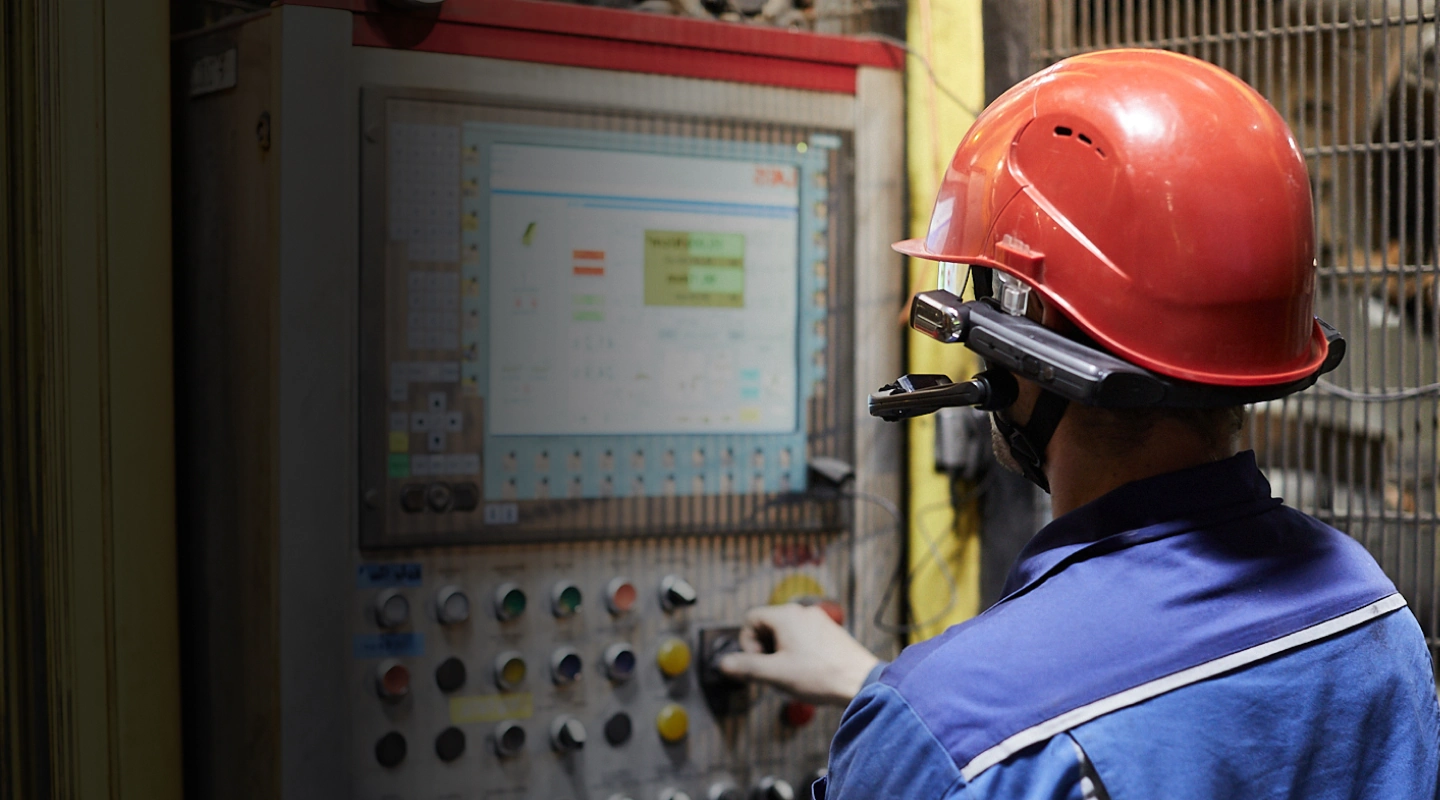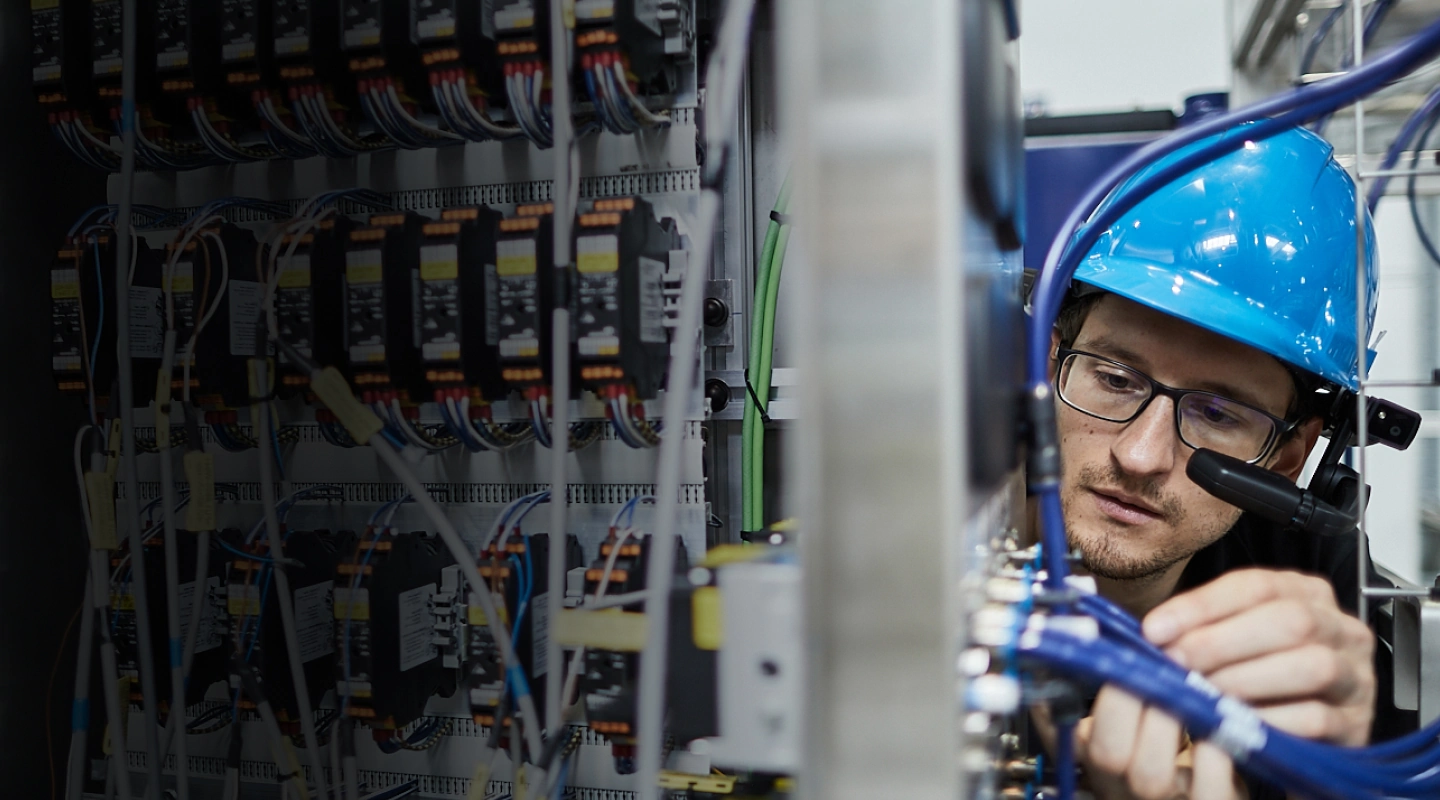How industrial remote support can increase your earnings

What is Remote Support in Industry?
In the retail and consumer sectors, companies use online support teams remotely to assist their customers around the clock and at a low cost.
However, the industrial sector has typically not been able to enjoy the same benefits since physical machinery usually needs to be examined by experts via onsite visits and repairs carried out by specialists. However, Industry 4.0 brought many developments that have made many processes involved in running, maintaining, and repairing industrial equipment much more effective.
AR remote support allows an expert to provide instructions through an online platform in a location different from the operator’s via smart glasses, tablets, or smartphones. This lets the expert see what the operator sees and guides them through the process in real-time.
Besides the travel time saved by the experts, this technology is much more convenient for the workers and translates into cost savings in many areas.

Reduce Labor Costs and Travel Time
Providing customer support at their installations or in the field can be time-consuming and expensive. An on-site visit by a specialized technician could take up a full day, even if the repair is straightforward. This means that other customers might have to wait if there are multiple support requests on the same day. Time is money on the production line, so speed is always of the essence.
Remote support allows one technician to service several clients on the same day from the comfort of their office or home environment. In addition, it doesn’t matter how far away the customer is, everyone can receive the same SLA response time, and you can prioritize based on need rather than proximity.
You can use the same support team to service several countries or territories. Hire specialists based on credentials rather than location and ensure the right expert is assigned to the job, regardless of location.
A translation feature on the smart glasses even means that language is not an issue. No need to hire a costly multilingual workforce. Use the expertise you have without the barrier of different languages.
Support Multiple Customers Simultaneously
As seen above, remote assistance removes transit time from support jobs, allowing technicians to support multiple customers when they can make one on-site visit. The system even allows for experts to assist numerous customers simultaneously when time is of the essence: for example, pausing one call when another comes in, prioritizing and attending to the most critical issues first, or assisting another customer when another is carrying out instructions and doesn’t need the expert on the line.
Besides the obvious benefits to customers of accessing the support, they need it immediately when and where they need it. Without leaving their post, they can also benefit from getting more than one expert on the same call when required. Suppose a technician is attending to an issue and finds it more complex than initially thought. In that case, they can bring in another specialist immediately, which would be almost impossible to coordinate with on-site support.
Even if the specialist you need is out at a visit, they can connect to the call via mobile.
Minimize Human Error
Instant access to manuals and expert support means fewer costly mistakes caused by human error. When operators know that getting a technician will take time and possibly cause lengthy delays in the production process, they may continue to use faulty equipment or try to fix it without the required knowledge. Both scenarios can lead to accidents or equipment malfunction, leading to even lengthier delays. When they know support is just a tap of their smart glasses away, they can reach out when they suspect something isn’t right, reducing the likelihood of an accident and extending the equipment’s lifetime, meaning fewer breakages and longer shelf life.

When they contact support via remote technology, they can be guided through the repair process and learn from every experience rather than stepping back and letting the technician take care of it. This means they get to know the equipment better each time and makes it less likely they will need to support the next time.
Remote assistance technology also allows you to train your customers on using new equipment without trying to coordinate multiple people into an on-site onboarding process. You can provide additional bite-sized training for specific equipment updates and parts as and when needed.
More competent and well-trained staff means fewer mistakes and less burden on support teams.
Reduce Downtime
Every minute lost on the production line in industrial environments is hugely costly for clients. With remote support, problems can be fixed immediately, often without disrupting workflows.
Because of remote support, issues are often dealt with sooner by the client, preventing more costly and complicated problems further down the line.
Capitalize on Improved Service Offering
In conclusion, remote support reduces your cost regarding support team budgets and recruitment. The value you offer clients with this new service channel means you can move from free support to a paid support model. Clients will be happy to pay for it.



